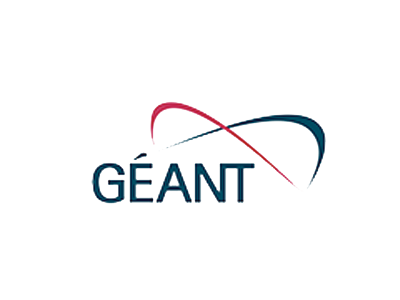
Microclimatic IoT monitoring to protect museum collections
“Prevention is better than cure” – this rationale applies in many places, and when it comes to museums as well. Museums are obliged to take good care of their collections of artefacts, many of them irreplaceable, invaluable and fragile, and preserve them as best they can. This is where Preventive Conservation comes in. As opposed to Remedial Conservation, where you repair damage that has already occurred, Preventive Conservation focuses on avoiding damage or reducing the potential for damage of cultural heritage artefacts.
Technology has an important part to play in this, and now universities, tech companies and museums are joining forces in the CollectionCare project to develop digital conservation technology to better monitor the condition of their collections. CollectionCare brings together companies and museums from Italy, France, Denmark, Spain, Latvia, Netherlands, Poland, and Belgium to design Internet of Things based sensor networks and monitoring solutions making it easier for small and medium sized museums to supervise the condition of their collections properly.
Smarter, cheaper and more precise
CollectionCare aims at making Preventive Conservation more precise, smarter, and more resource efficient, because although it is well known that Preventive Conservation is more cost efficient than remedial conservation, in particular small and medium sized museums struggle to fulfil international Preventive Conservation recommendations. They find it hard to implement necessary technologies, e.g. for environmental control and monitoring, mainly because of lack of budget and expertise.
To remedy this, the CollectionCare project is developing innovative and affordable Internet of Things based monitoring solutions for storing, displaying, handling and transporting artefacts.
Microclimatology
It will integrate IoT monitoring of the microclimatology of each artefact, integrated with multi-scale modelling for the different artefact materials while complying with current Preventive Conservation norms and recommendations. The project will combine latest advances in sensoring electronics, LPWAN wireless communication, multi-scale and multi-material degradation knowledge, big data and cloud computing into a single affordable system, adapted to the specific needs and resources of small museums and collections.
Material degradation models
Among the project participants is the Royal Danish Academy of Fine Arts, Schools of Architecture, Design and Conservation. Its researchers contribute to CollectionCare by developing computer simulations of material degradation in canvas paintings. Similar material degradation models are already in use in the construction sector, and they have to be adapted to new materials and compared to actual sensor data (temperature, humidity etc.) from monitored paintings.
CollectionCare is one example out of many of how the Internet of Things is evolving around us. Defined as the extension of Internet connectivity into physical devices and everyday objects, the IoT trend will have a significant influence on the way networks and e-infrastructures work, not only the commercial networks, but research & education networks as well. And as their key role is moving and sharing information, they are taking an active interest in exploring how to adapt to the IoT trend.
Advising researchers and universities
Not only do research & education network transport and give access to the large amounts of data accumulated projects like CollectionCare. Also, they play an active role in enabling universities and researchers to embrace the Internet of Things trend. For instance, they advise researchers on what IoT connectivity solutions to choose for research projects. As an example, to advise researchers on how to choose the best IoT platform to analyse and make sense of data generated,
Dutch research network SURF together with the Netherlands eScience Center investigated possible IoT platforms for researchers and collected their findings in a technical note. Also, Research & Education networks bring together interest groups exploring innovative IoT solutions, for instance a system with sensors in chairs to give students a real-time view of available seating in a lecture hall.
Network traffic increase
Also, research & education networks are exploring how to adjust to the increase in network traffic resulting from connected devices. Many of these devices will be communicating via wireless, and the emergence of 5G is expected to increase the traffic load significantly. Also, IoT poses new security challenges to R&E networks. Connected devices can be hacked, like it happened in 2017, when an unnamed university was attacked by its own malware-laced soda machines, smart lightbulbs and other botnet-controlled devices. All in all, 5.000 IoT devices were infected. To avoid this kind of threats, experts recommend network technicians to create separate network zones for IoT systems and air-gap them from other critical networks where possible.
Image: the Royal Danish Academy of Fine Arts, Schools of Architecture, Design and Conservation
For more information please contact our contributor(s):


